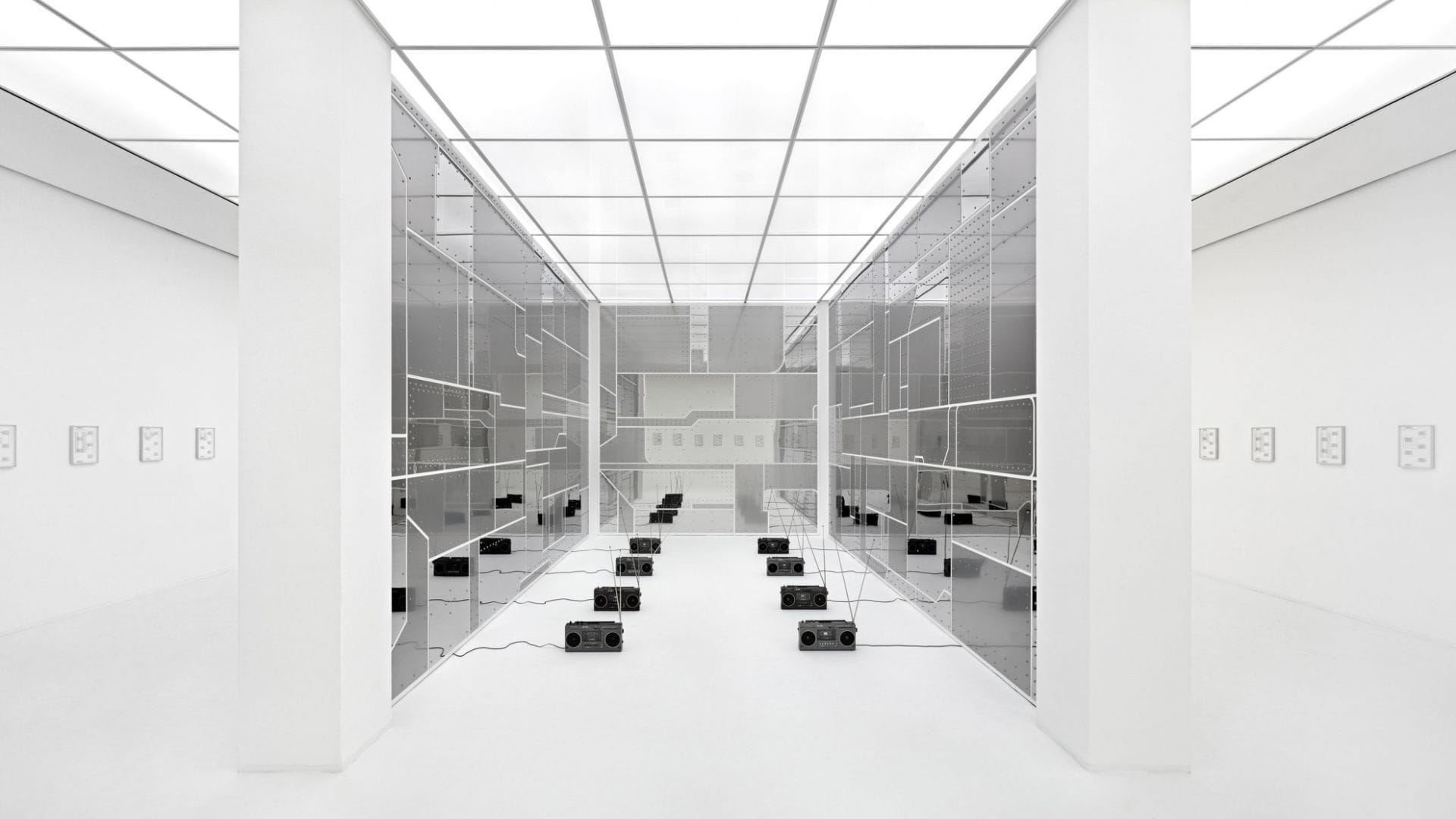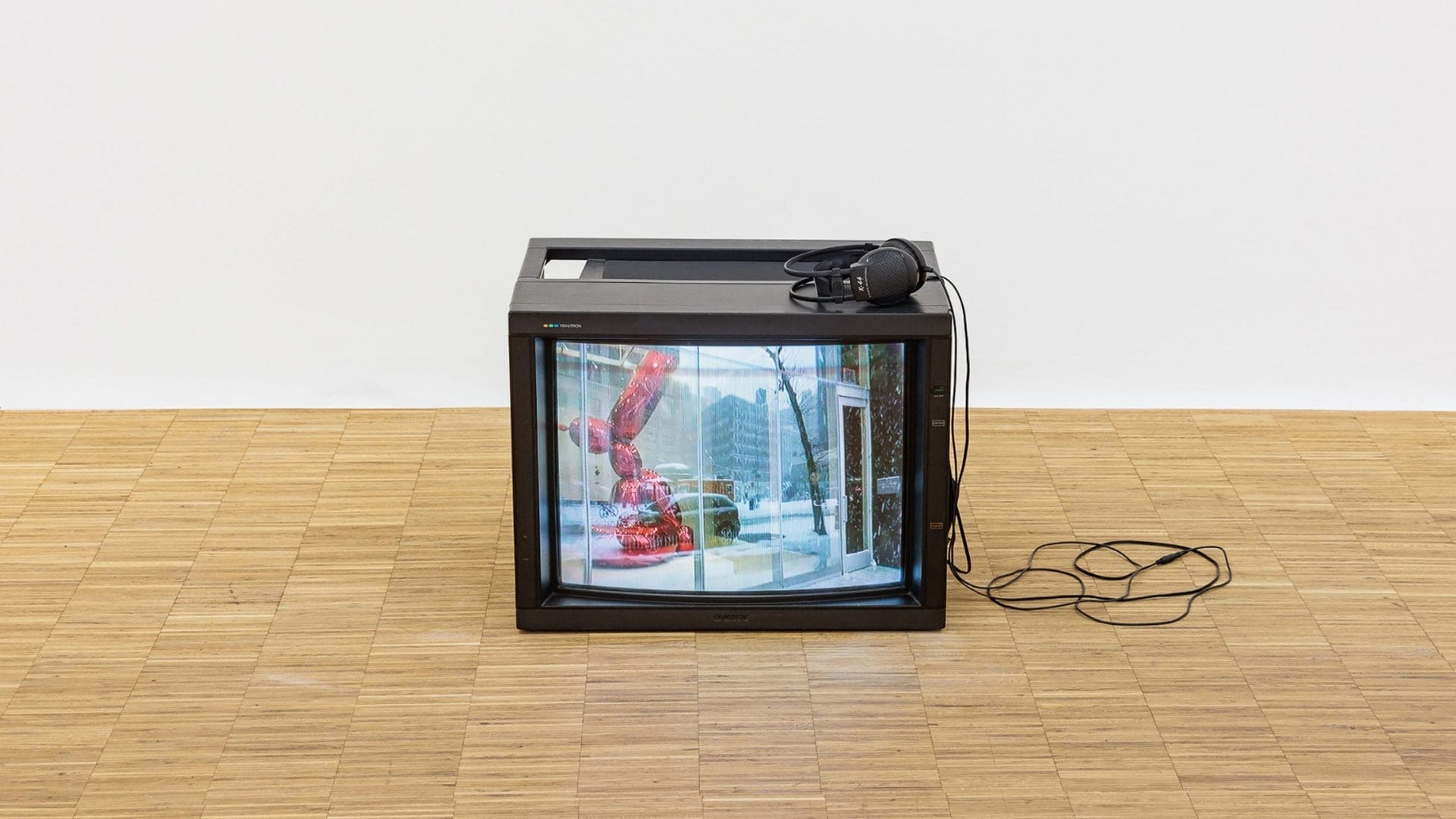
Observing and Being Observed: The Unstable Aesthetics of Einschub
In an era where perception is constantly mediated by screens, reflections, and recordings, Jasper Marsalis invites us to recognize the fragility of our position as observers. In Einschub, every gaze is doubled, every gesture multiplied, every presence rendered an unstable surface. We are no longer mere witnesses to the world: we are part of a sensory system that watches us, refracts us, and reinvents us. Identity, like the work itself, is not fixed once and for all; it is a continuous interruption, an ‘einschub’, that disarticulates and reassembles our visual and sonic existence.
As soon as you cross the threshold into the underground galleries of the Aspen Art Museum, you are immediately immersed in the audiovisual environment crafted by Jasper Marsalis for his first institutional exhibition in the United States, Einschub. It is a sensitive, layered, and ever-shifting landscape, where visitors are not merely observers but active participants in the work’s unfolding.
The exhibition unfolds as an immersive assemblage, merging infrastructures typical of live events, an amplified stage fitted with contact microphones, spotlights, cameras, and screens, with new works including paintings, sculptures, and even a growing potato rhizome. Marsalis creates a porous arena where the gallery space transforms into a stage, and the audience simultaneously becomes spectator, protagonist, and audiovisual material. The atmosphere hovers in a state of constant suspension, oscillating between the contemplative and the performative.
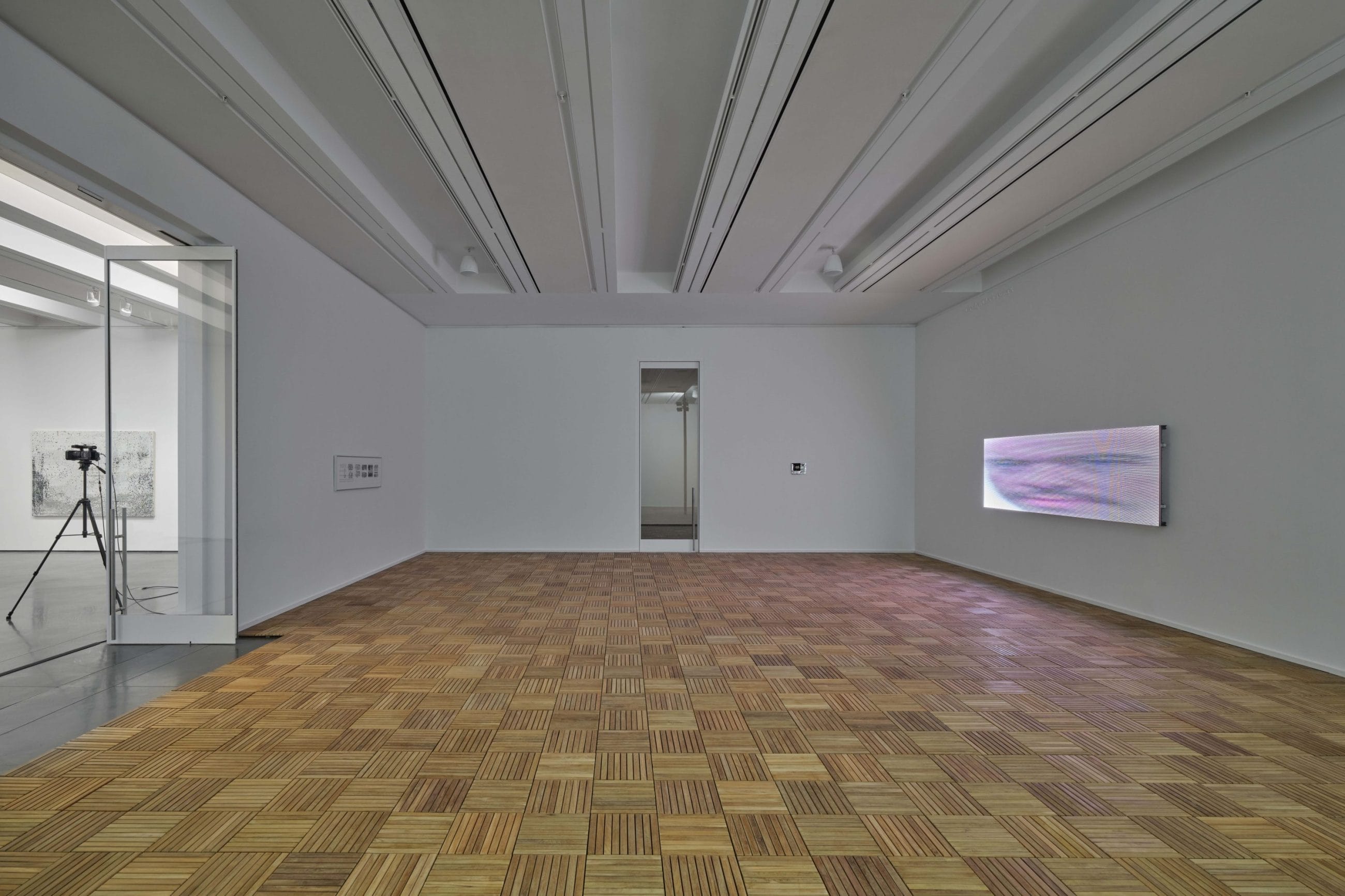

Analyzing his techniques, it becomes clear that Marsalis fuses traditional media and industrial materials with a keen awareness of the technologies of observation and recording. His oil paintings depict spotlights, stages, cinemas, and fragmented bodies, alluding to a surveillance that is as omnipresent as it is unstable. Reflective materials, from disco tiles to salvaged foil fragments, return distorted images of the viewer, rendering perception itself an unstable act. Sculptures composed of bowling balls and tree branches, evoking primitive eyes on skeletal legs, embody a vision that is objectified and alienated. These devices, teetering between primitive technology and ready-made aesthetics, intertwine into an essential network of entertainment supports.
Compared to Marsalis’s earlier work, he is also known as the musician Slauson Malone 1, Einschub reflects a more systematic exploration of the relationship between body, sound, and image. Whereas in his musical projects Marsalis explored emotional states through sonic fragmentation, here he extends that principle into the visual realm, turning the audience into part of an environmental score: every movement is captured by microphones and cameras, amplified, and broadcast in close-up on LED screens, sometimes to an almost uncomfortable degree. In clear dialogue with the 1970s experiments of artists like Dan Graham and Vito Acconci, Marsalis uses recording devices not only to blur the boundaries between observer and observed, but to amplify the senses and multiply perceptual possibilities.
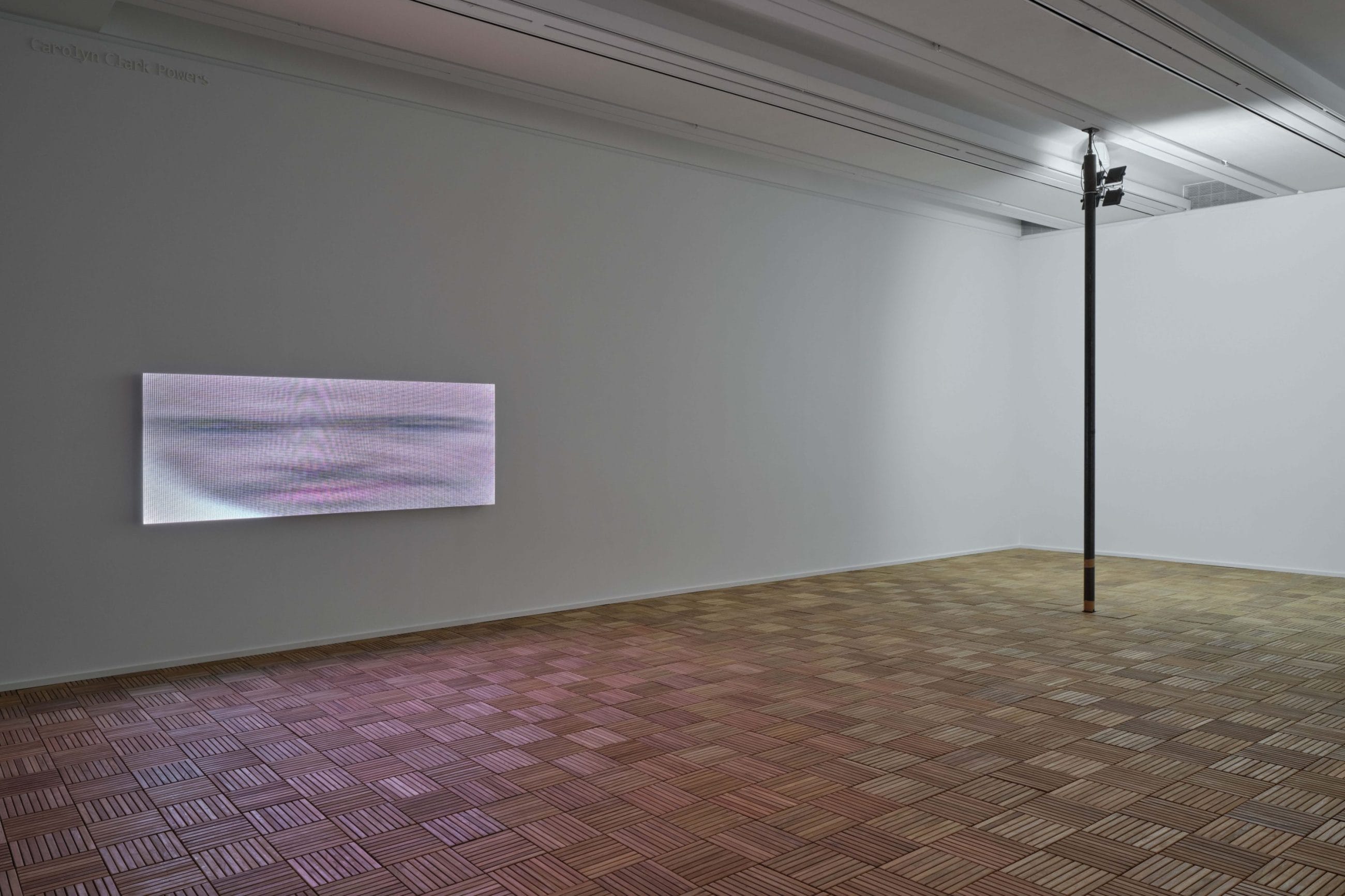
A palpable sense of fragmentation and circularity pervades the space: mirrored surfaces create endless chains of reflection, while minimal, tentacle-like structures made from tree branches appear at once fragile and intrusive. These visual details heighten the sense of an unstable environment, constantly renegotiated between body, object, and machine.
The concept of Einschub, a musical term borrowed from composer Karlheinz Stockhausen, referring to a sudden interruption within a composition, finds full expression in the exhibition’s design: the museum space becomes a temporal parenthesis where hierarchies between subjects and objects dissolve. In this fluid system, people become exhibits, and objects gain agency.
Leaving the Aspen Art Museum, one carries away the sensation of having passed through a sensory device that transformed us into both spectators and raw material of an expanding work. With Einschub, Jasper Marsalis invites us to rethink our role in the everyday spectacle of vision, revealing the usually invisible mechanisms of observation that govern our experience of the world.
The exhibition will be on view through June 15, 2025, culminating in a series of intimate musical performances curated by the artist himself.
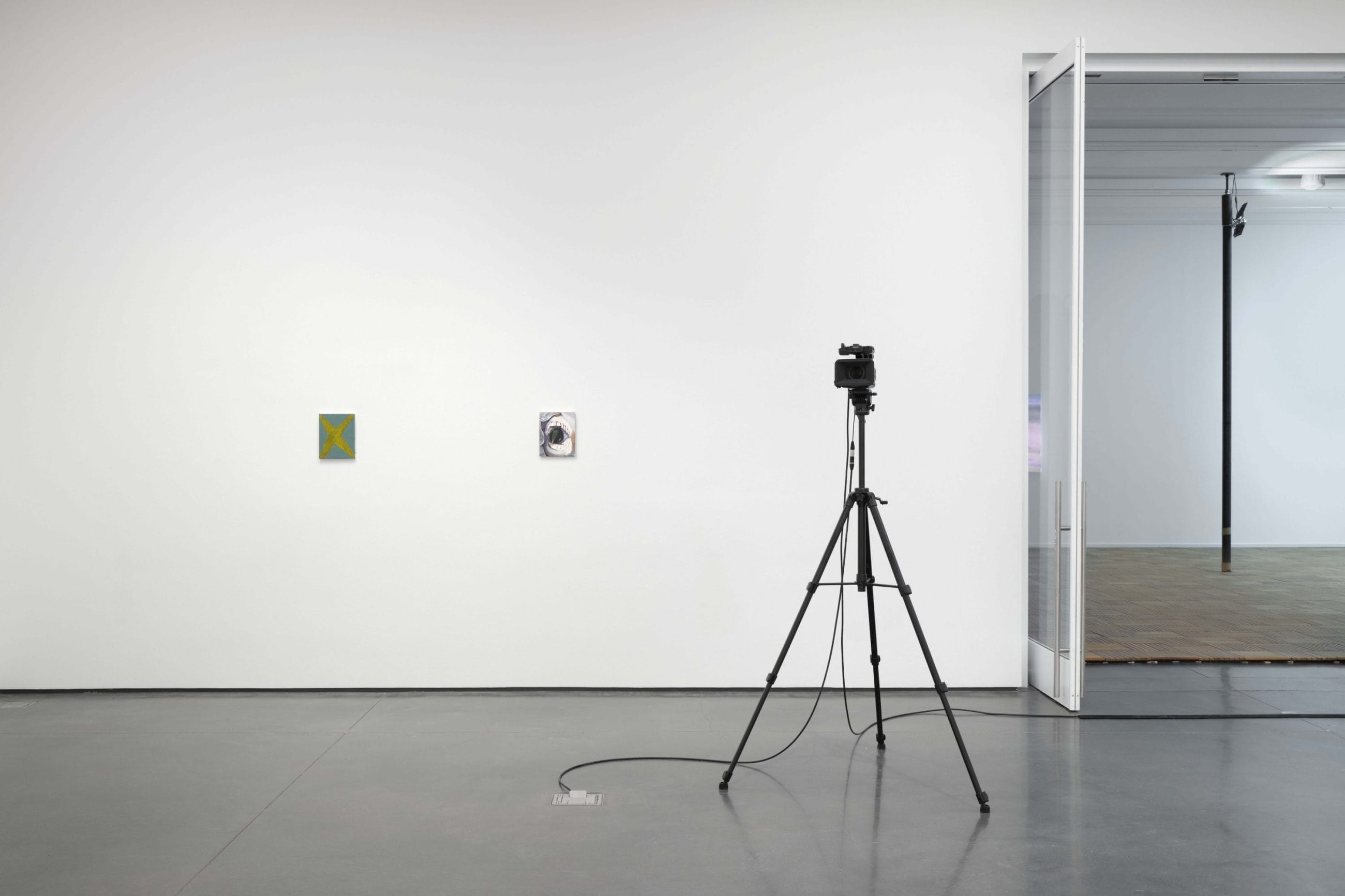
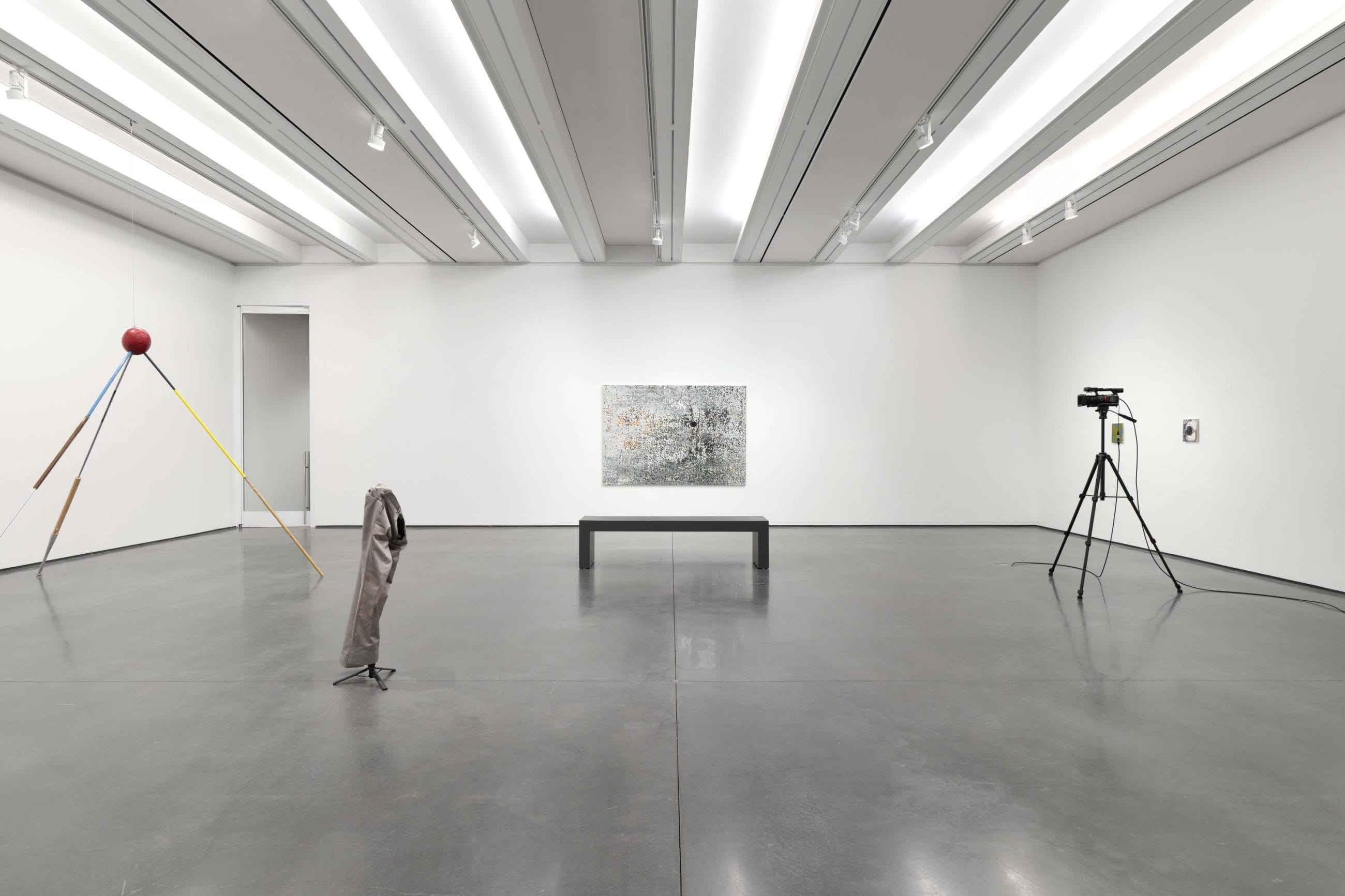
fakewhale
Founded in 2021, Fakewhale advocates the digital art market's evolution. Viewing NFT technology as a container for art, and leveraging the expansive scope of digital culture, Fakewhale strives to shape a new ecosystem in which art and technology become the starting point, rather than the final destination.
You may also like
Oskar Pollack, Manuel Rugo, 3 + 3 = 5 at Aula, Academy of Fine Arts, Vienna
3 + 3 = 5 by Oskar Pollack and Manuel Rugo at Aula, Academy of Fine Arts, Vienna, from 08/09/2024 to
Unveiling the Unseen: Sung Tieu’s Multidisciplinary Exploration of Power, Control, and Perception
Born in Hai Duong, Vietnam, in 1987 and currently residing in Berlin, Sung Tieu is an artist whose m
The Weight of a Broken Promise: Navigating the Absence of Debt
“Debt is a distorted promise, an idea that begins with the intention to create balance but ends up


